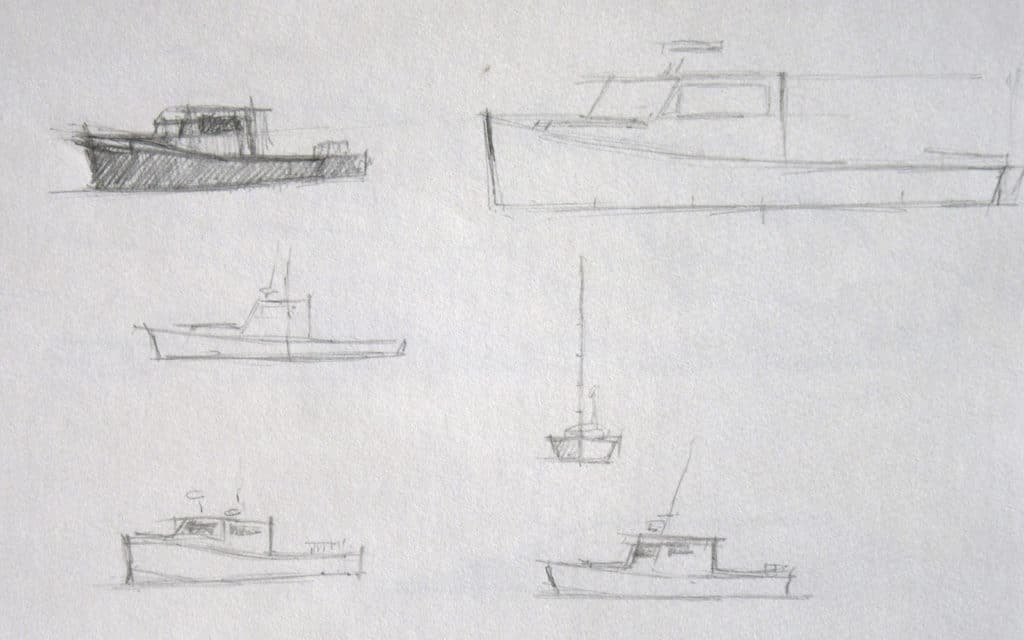Plein air artist, writer, and instructor Michael Chesley Johnson recently shared some helpful advice in a blog titled “Plein Air Painting Essential Tools: 6B Graphite Pencil.” He says that he stresses the importance of the 6B in his workshops, and goes into further detail on why:
“A 6B pencil has a very soft lead,” Johnson explains. “It allows me to make not just a very light mark but also a very, very dark one. When I make my value sketches, I liked to ‘sneak up’ on the darks. When I start a sketch, most times I haven’t quite figured out my value structure yet, and starting off with a light touch with the 6B lets me explore a little before committing to my darkest values.”

Visit Michael Chesley Johnson’s blog at www.MChesleyJohnson.com to continue reading about the 6B graphite pencil.
Like this? Click here to subscribe to PleinAir Today,
from the publishers of PleinAir Magazine.





Hi, Cherie a few thoughts on this article about the 6B graphite pencil. I am not sure if you will be mentioning how you can paint with graphite. I use this method when I want to get a very solid, dark area in a drawing. A good drawing paper has tooth (texture) and dragging graphite across the surface does not fill in all of that texture. Even rubbing it with a stump, chamois or your finger will not push the graphite into that texture entirely, leaving tiny pockets of paper showing through. By grinding a bit of graphite from a pencil onto some fine sandpaper and then mixing a small amount of water with it, one can paint with that graphite. The trick is to use just enough water to moisten the graphite to be able to move it freely and not too much water which can cause the paper cockle (warp). A #6B graphite pencil is ideal for this technique because it is soft enough to grind down easily and creates a very rich dark. A word of caution though it does not erase entirely because it actually stains the paper some so one should be very sure that the targeted area should be a saturated dark area. I usually reserve this technique until the advanced stages of the drawing to see if it is necessary to create a deeper dark and more contract.
Just my two cents.
Krystal Allen